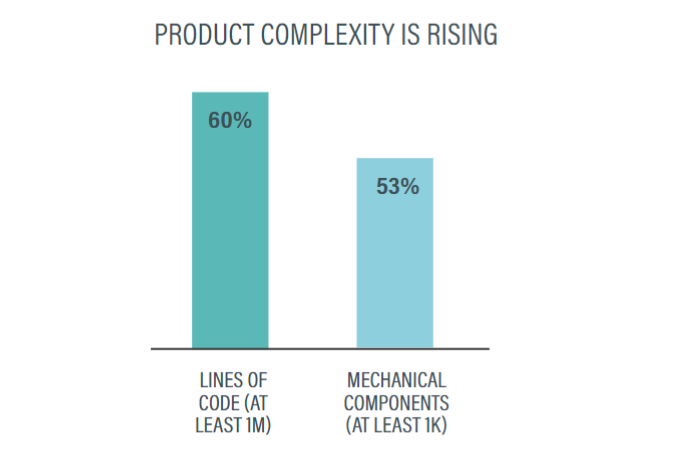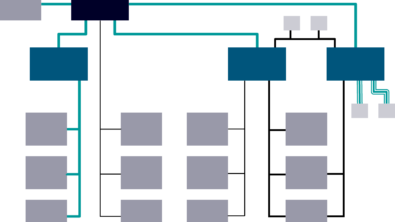Snapshot: LifeCycle Insights–Leveraging Digital Transformation and Engineering Initiatives To Manage Complex Electrical Systems

Learn how to manage complex electrical systems with the right tools to design, collaborate, and share important design data.
The following is a snapshot of an in-depth analyst ebook written by Lifecycle Insights, a research and advisory publishing firm with a mission to empower better people, process, and technology decisions for tech-led engineering initiatives, driving the development of better products in less time. If you like what you read, you can find out more about this topic here.
Electrical systems design is becoming more and more complex. Gone are the days when an electrical engineer could simply walk to a colleague’s desk to quickly solve a design problem—today’s systems are simply too sophisticated. An additional challenge is that the colleague an engineer may need to work with could be in another department, another company, or even another country. In the face of increasingly complex requirements, electrical engineers are looking for tools to help them more effectively manage the design and integration of electrical and electronics (E/E) systems and information technology (IT) components across different engineering and stakeholder organizations. Product design and development companies, regardless of size, can avoid disruptions and delays in electrical systems design when they invest in digital transformation (DX) and engineering transformation (EX) initiatives. EX encompasses a subset of DX initiatives intended to improve product design and other engineering-related outcomes. These powerful solutions help them realize value across the product lifecycle by supporting efficiency, accuracy, and collaboration.
Support and Manage Complex Electrical Systems
Supporting Electrical and Electromechanical Complexity Engineers from different domains must work together to proactively choose or develop architectures that can support all product requirements. One of the challenges of new and complex products and systems is the need to integrate electrical and mechanical components. This is not a new challenge, however, there is an increased need to support this kind of integration across a wide variety of products as internet of things (IoT) technologies become more prevalent. In Lifecycle Insights’ Engineering Executive’s Strategic Agenda study, which investigated product complexity and design, 53% of respondents reported working on products with more than 1,000 mechanical components. Sixty percent noted they are designing products that require more than one million lines of software code.

This kind of complexity—and the integration that will be required between mechanical, electrical, and software— demands a robust collaborative design environment. But, just as importantly, organizations must have ways to validate and test such architectures quickly using a digital platform. Engineers from different domains must work together to proactively choose or develop architectures that can support all product requirements.
Learn more about Siemens Capital solutions here. Also, check out Lifecycle Insights other briefs:


